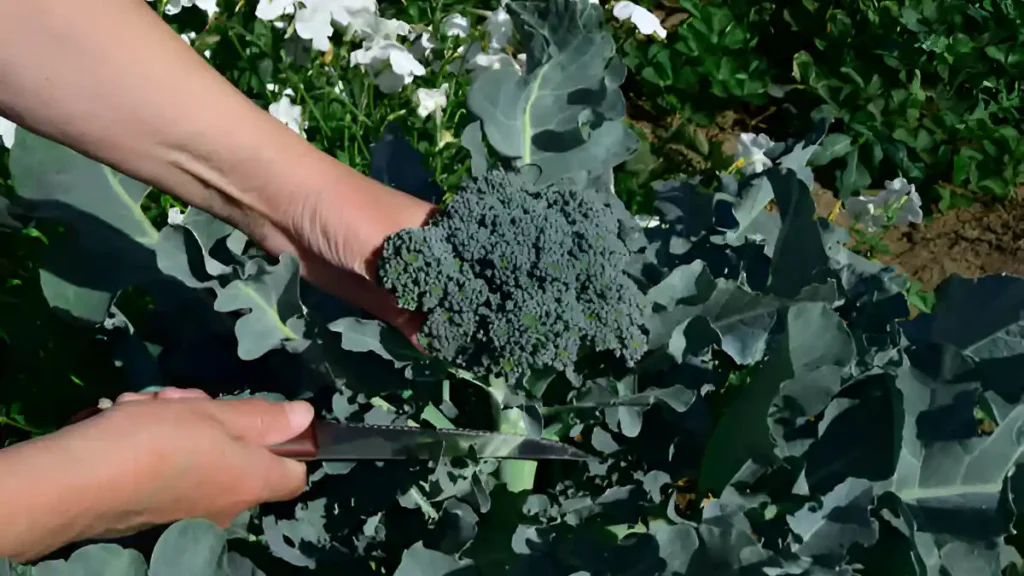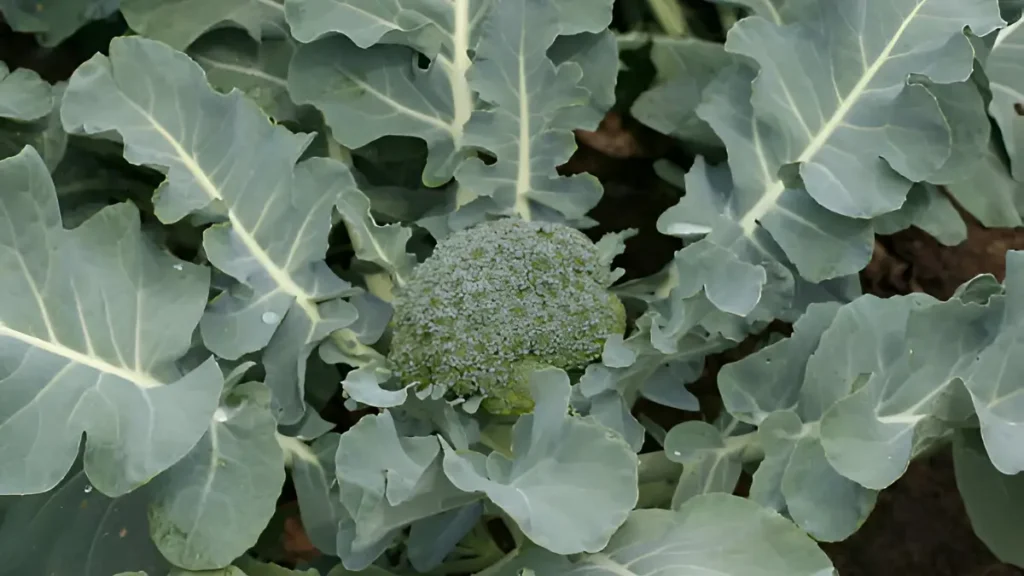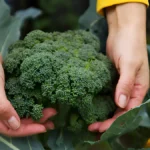Rich soil, regular rainfall, and prolonged cool weather in the spring and fall (or winter months in milder climates) are all necessary for growing broccoli, making it difficult to grow. Brussels sprouts, cauliflower, and kale are members of the cruciferous family, which also contains broccoli (Brassica oleracea), a nutrient-rich vegetable. Although this plant is considered an annual, it has a two-year life cycle and will bloom in its second year. A cluster of flower buds is the portion of the plant that can be eaten. Broccoli can also be found in sprouting form, which grows faster than head broccoli. Furthermore, growing broccoli is not tough if you adhere to some basic guidelines.
Best tips for growing broccoli:
We provide extensive instructions on how to grow broccoli in your backyard garden, covering everything from soil preparation to harvesting.
1. Knowledge of broccoli growth environments
- Broccoli thrives in chilly climates, ideal for spring and fall. Temperature is crucial for growth, with optimal temperatures between 65°F and 75°F. Overheating can cause bolting, reducing yields. Broccoli may not thrive in hot summer regions.
- Broccoli will grow strongly and produce huge heads if planted in full sun. To shield the plants from the intense sun, partial shade may be required in extremely hot locations.
2. Broccoli planting locations
- Choose a planting location that receives full sun and has healthy, well-drained, slightly acidic to neutral soil. If you want to grow broccoli in containers or raised beds you can easily do it.
- Broccoli should not be planted in the same area as other cruciferous vegetables (kohlrabi, cabbage, cauliflower, kale, and Brussels sprouts) that you have produced within the last two years, or more. Because soil-borne infections and other illnesses are very common in members of the brassica family, including broccoli, crop rotation must be followed.
3. How to prepare soil for growing broccoli
- Broccoli thrives in rich, well-draining soil with a pH of 6.0 to 7.0. To ensure nutrient-rich soil, amend it with organic matter like compost or manure, providing the necessary nutrients and a loamy texture.
- Broccoli requires high nitrogen content, so mix a balanced fertilizer before planting. Test soil for amendments and adjust accordingly for a strong start.
4. Growing broccoli: When and how to do it
- Timing is crucial when planting broccoli. Start indoors 6-8 weeks before frost, transplant when soil is workable, and direct sow in mid- to late-summer for fall crop.
- Plant broccoli seedlings 18-24 inches apart, and 24-36 inches apart, and ensure deep planting for optimal growth, with the topmost set slightly above the ground.
- When directly sowing seeds in the garden, make sure the soil is continually moist and the seeds are sown ½ inch deep to promote germination.

Care guidelines for growing broccoli:
- Broccoli requires regular watering, ensuring a week-round watering of 1 to 1/2 inches, and maintaining soil moisture and temperature stability through mulching.
- Broccolioves require multiple fertilizer applications, starting with a starting fertilizer like 2-4-2 (nitrogen-rich fertilizer P-N-P) and then a high-nitrogen fertilizer like 21-0-0 three weeks later and once more after forming a central head. Organic fertilizers like fish emulsion or blood meal can ensure a consistent supply of nutrients.
- Broccolioves are susceptible to pests like cabbage worms and flea beetles. Use non-toxic biological pesticides or manually remove caterpillars. For the protection of young plants, use a floating row cover.
- The idea of growing broccoli is to promote the formation of firm, big heads. To achieve this, it’s essential to harvest broccoli at the right time. It’s time to harvest when the buds are tight and the head is compact. If you wait too long, the broccoli’s quality may suffer when the buds open into blossoms.

Conclusion:
There are several benefits to growing broccoli in your backyard garden. You may have a plentiful harvest of this nutrient-dense produce by adhering to the above advice, which includes knowing the ideal growing conditions, preparing the soil, and controlling pests. Your backyard broccoli can thrive and provide fresh vegetables for months if given the proper care.
Certainly! If you’d like to learn more, please consider following our WhatsApp Channel: Harvest Gardening
A frequently asked questions:
Q1: How many days does broccoli take to grow?
A1: From seed to harvest, broccoli usually takes 70–100 days, depending on the type and growing environment.
Q2: How to grow broccoli in summer?
A2: Select a heat-tolerant type, plant in part shade, and keep the soil regularly moist to avoid bolting while growing broccoli in the summer. Adding more water and mulching the ground will help control the temperature.
Q3: What is the ideal soil type for growing broccoli in raised beds?
A3: Broccoli grows best on rich, well-drained soil with a pH of 6.0 to 7.0. Composting can aid in enhancing the quality of the soil.



